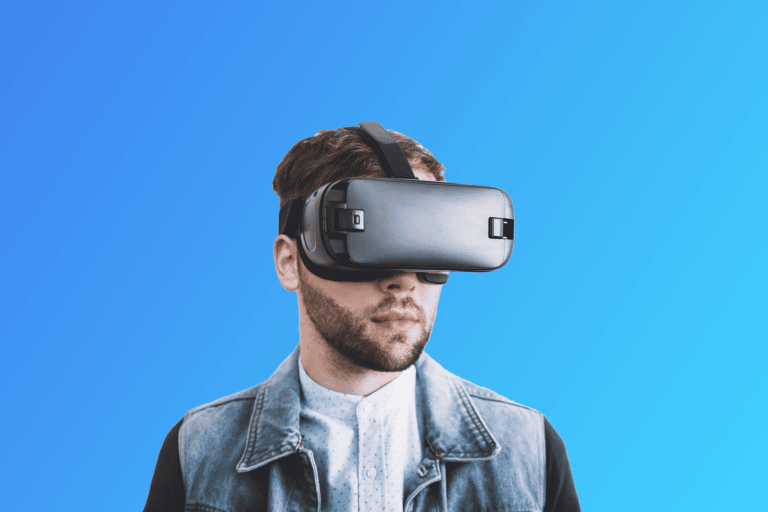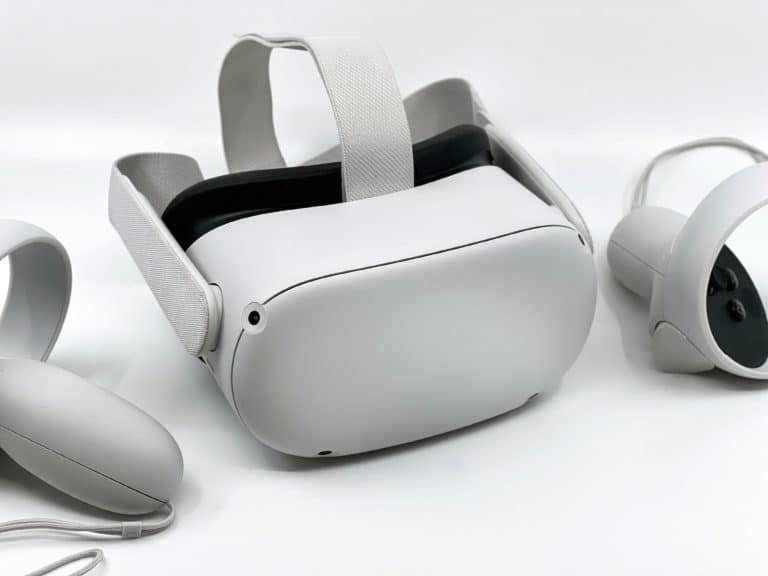When it comes to thinking of sectors that benefit from the transformative power of technology, healthcare is probably on the front line. The connection between healthcare and technology is not new, and the success of the synergy between the two sectors is linked to better care and diagnosis, improved patient experience, and the necessity to manage data, lots of it. In light of this, it is not a surprise that the metaverse is already reshaping healthcare, especially in the COVID-19 era: the pandemic accelerated the evolution of the metaverse and turned it into a necessity for the fusion of the physical and virtual worlds, of course, for the sake of social distancing.
The metaverse will alter the healthcare landscape on several grounds combining advanced technology revolutions namely artificial intelligence, augmented reality (AR), virtual reality (VR), telepresence, digital twinning and blockchain.
For example, the metaverse has already impacted medical training, where virtual reality is used to train in a simulated environment at lower education costs. In addition, the metaverse and Health 4.0 will play a pivotal role for the prevention and treatment of disease: physicians could visit their patients in a 3D “Meta Hospital” using a combination of telemedicine services, wearable devices and smartphone applications. The metaverse is becoming an important technology in surgery as well; augmented reality can help surgeons perform surgeries by giving them hassle-free access to patient information by mapping 3D virtual models onto the patient’s body.
The introduction of the metaverse in healthcare will have several legal implications. One example of this is the regulation of the applications used to deliver or access healthcare in the metaverse. The FDA has been working to provide its guidance on the evolution of digital health and many of those technologies that may be classified as medical devices. Another challenge involves data protection: in the metaverse, companies will be able to collect a massive amount of data. While the federal HIPAA laws protect patient data, they do not go beyond the doctor’s office. Due to the decentralized nature of the metaverse, questions of IP will grow increasingly more complicated, including patents, copyrights, and trademark considerations. For example, due to the visual nature of the metaverse, design patents will have a crucial role and it might be worth it to adapt the current laws accordingly. When it comes to NTFs, many considerations arise on how to copyright all the images, artwork, videos and creative content comprised in the digital assets, as well as to protect the associated trademarks. USPTO has recently experienced a significant rise in trademark applications as companies rush to protect their goods and services in the virtual sphere. For example, CVS is the first pharmacy that filed a trademark application for goods and services in the metaverse, with the intention of providing downloadable prescription drugs for use in online virtual worlds and various types of health care services, such as non-emergency medical treatment services and nutrition counseling, in virtual reality and augmented reality environments.
The use of the metaverse in healthcare is expanding rapidly, and will revolutionize the performance of healthcare. However, it is crucial that the system and structures around it sustain that growth, and many fields of law (like IP and Privacy Law) will soon have a new shape.




